Project Summary
Countries: Peru, the Republic of Congo and the Democratic Republic of Congo
Delivery Partner: Royal Botanic Gardens, Kew
Project Partners: University of St Andrews, Peruvian Amazon Research Institute (Instituto de Investigaciones de la Amazonia Peruana), Université Marien N’Gouabi, University of Kisangani, University of Leeds
Principle Investigator: Dr Euridice Honorio, Royal Botanic Gardens, Kew
Contact: e.honorio@kew.org
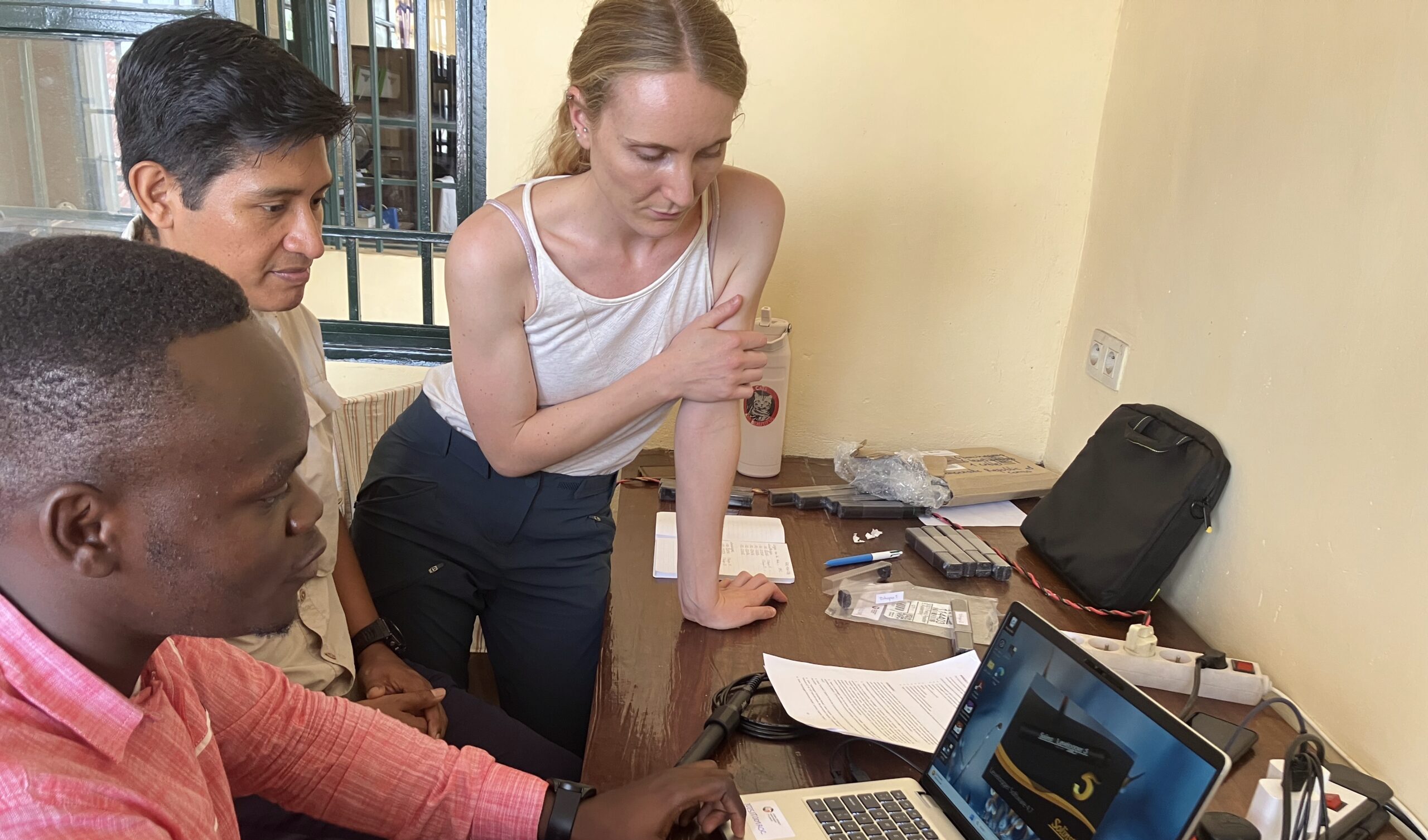
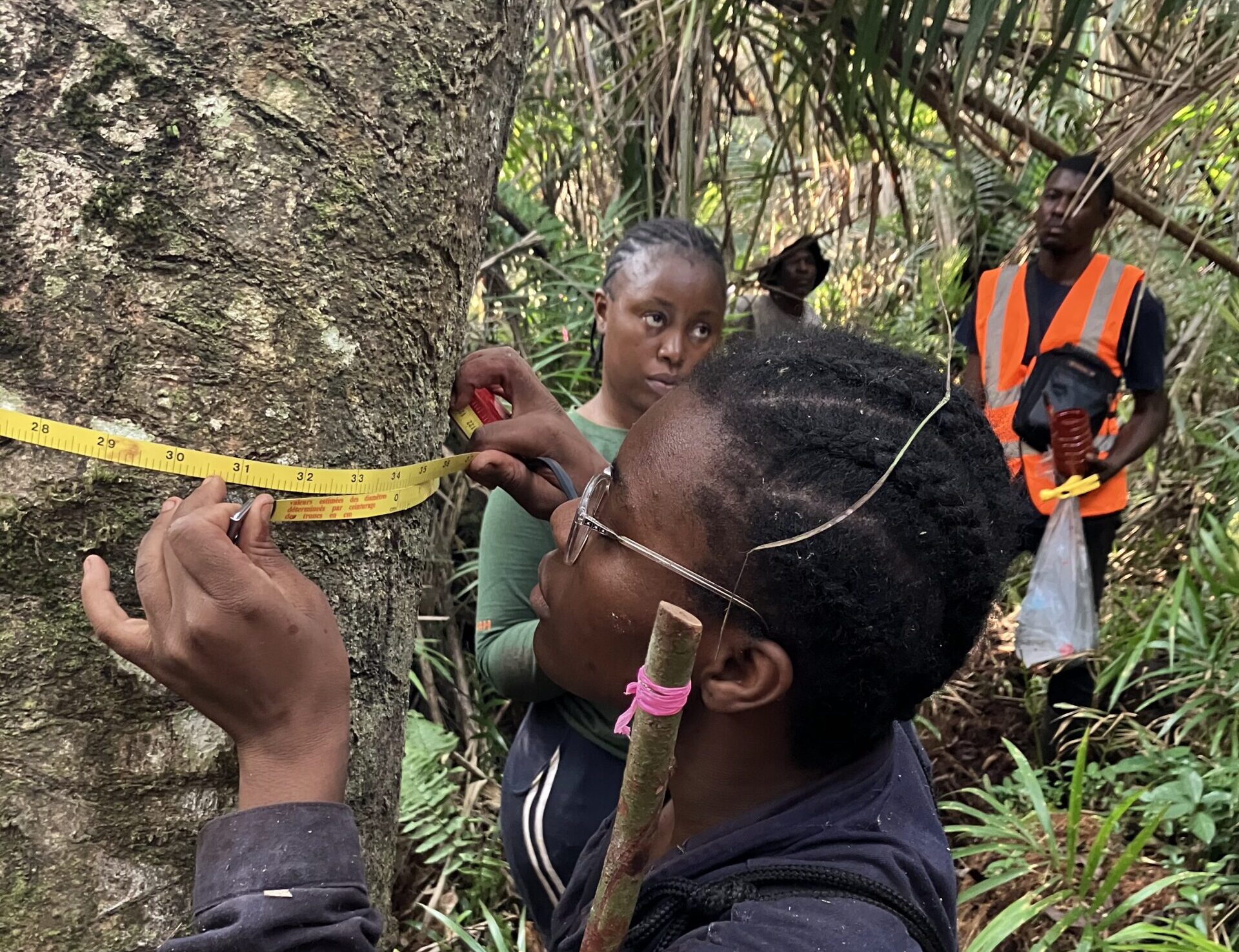
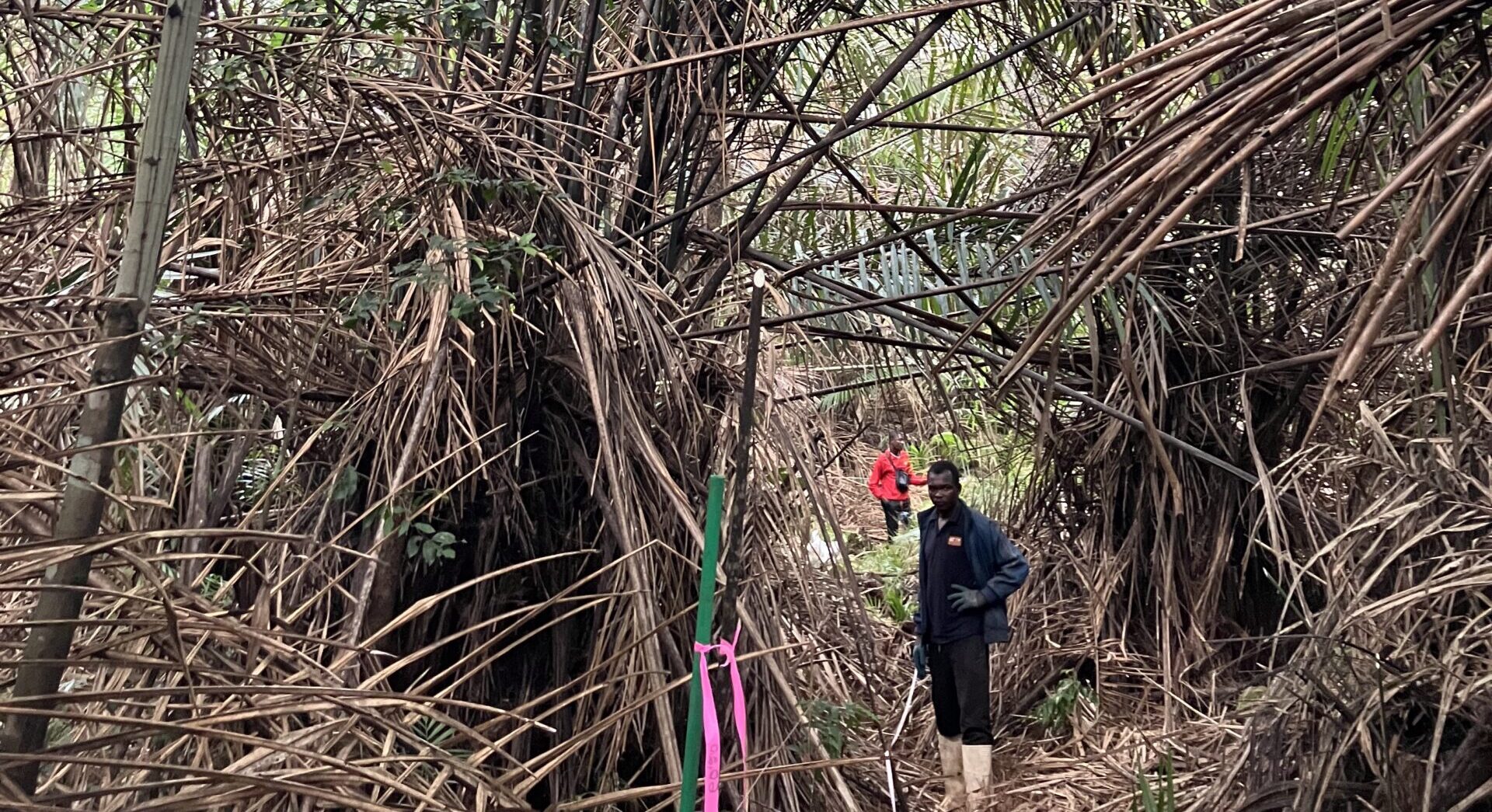
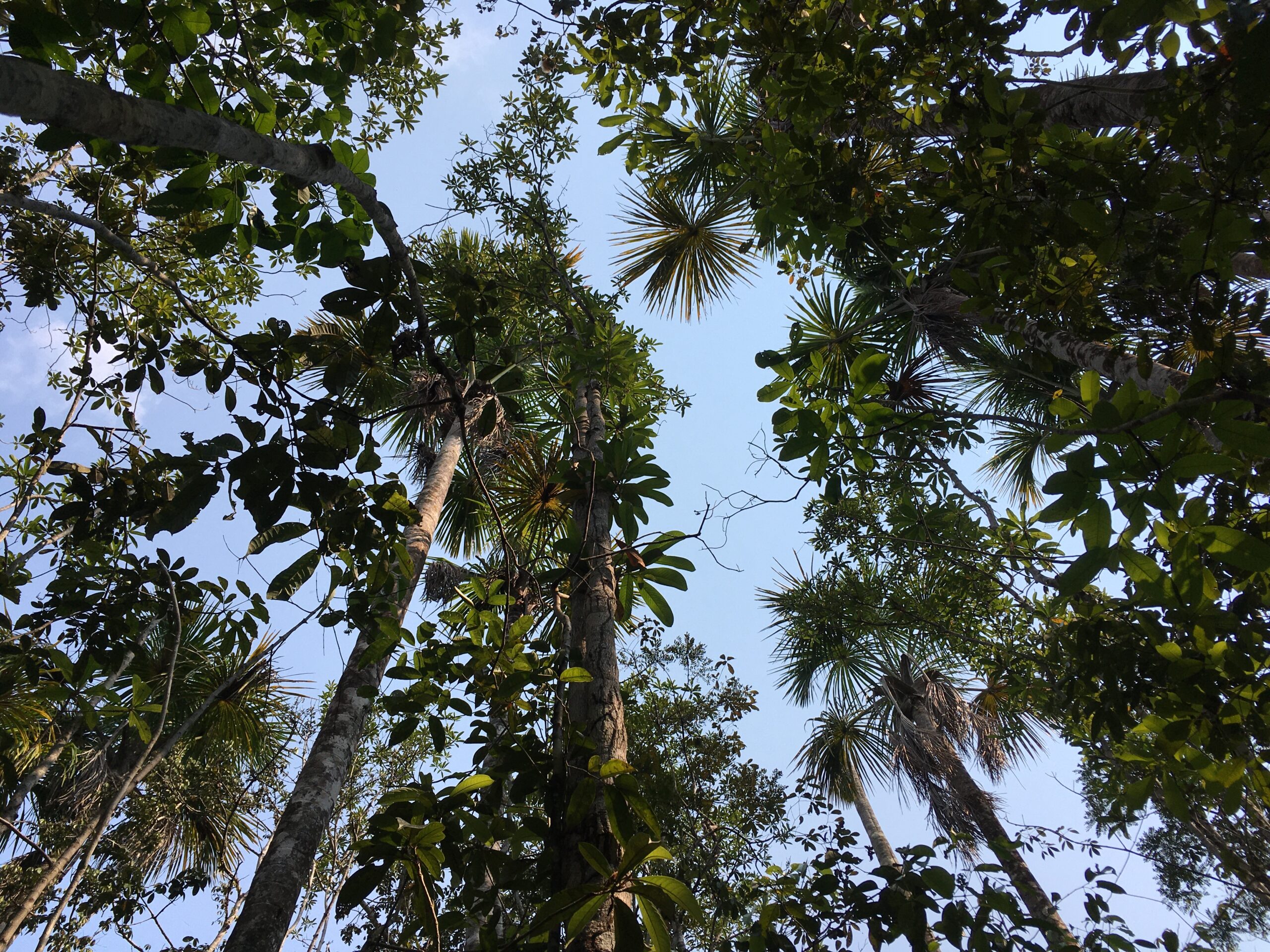
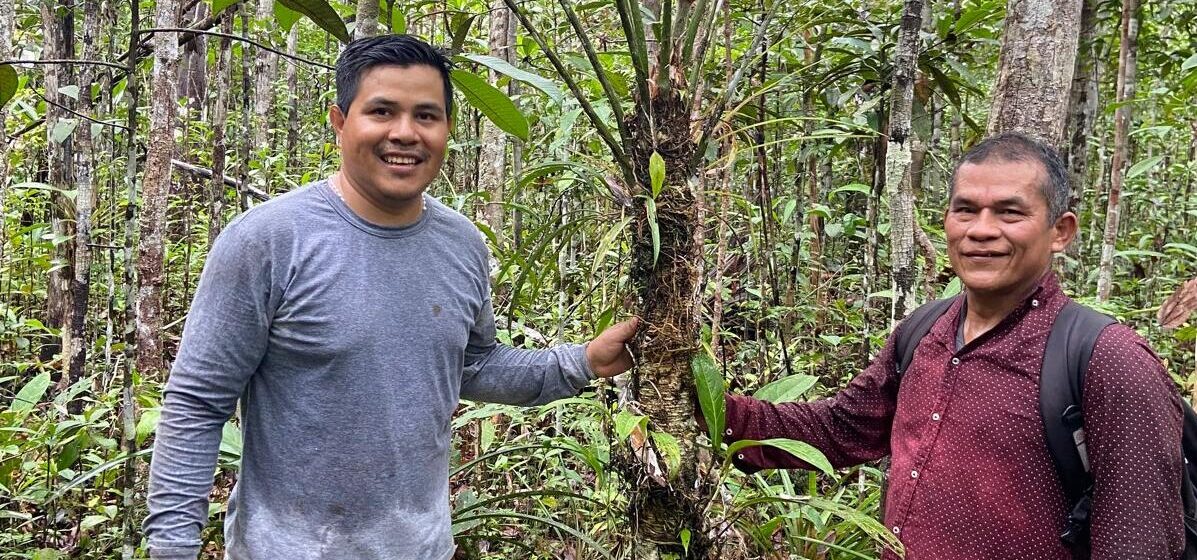
Challenge
Tropical peatlands are among the world’s largest terrestrial carbon pools, vital for biodiversity, ecosystem services, and local livelihoods. However, they are threatened from climate change, extreme weather events, and human pressures such as agricultural expansion and infrastructure development. While peatlands in the Amazon and the Congo basins remain largely intact, they risk following the destructive trajectory seen in Southeast Asia, where drainage and conversion to plantations caused major carbon emissions, biodiversity loss, and livelihood disruption. Although some sustainable practices, like the management of Mauritia flexuosa in Peru, show promise, successful examples remain scarce, limiting policy uptake.
Recent research mapping peatland distribution and carbon stocks has supported national climate and conservation strategies in Peru and the Democratic Republic of the Congo. The urgent challenge now is to ensure effective policy implementation, requiring not only political will and funding but also robust scientific evidence of sustainable livelihood practices that align climate, biodiversity, and community goals.
Insight
This project addresses critical knowledge gaps in tropical peatland ecosystems. First, peatland biodiversity remains poorly documented, with even common vascular plant species sometimes unidentified. Second, while climate change is increasing the frequency and intensity of floods and low-water events, the hydrological tolerances of peatland species are largely unknown. Third, the species used by local communities have been studied in only a few cases.
- What is the biodiversity of vascular plants in tropical peatlands, and what is their conservation status?
- Are useful species in palm swamps and forested peatlands associated with similar hydrological conditions, indicating comparable resilience to climate change?
- Which climate-resilient forest products, similar to Mauritia flexuosa in Amazonia or wine from Raphia laurentii in the Congo, can be sustainably managed to support local livelihoods?
The outcomes will generate unique datasets, expand online herbarium vouchers, evaluate species resilience, and document best practices for sustainable use. This knowledge will inform national and international decision-makers, promote stakeholder engagement, and identify livelihood strategies that align biodiversity conservation with climate resilient and sustainable development.
Collaboration
Our goal is to understand and conserve tropical peatland biodiversity while supporting sustainable livelihoods for local communities. By combining field research, community knowledge, and policy engagement, we aim to ensure these critical ecosystems are valued not only for their carbon storage but also for their unique biodiversity and cultural importance.
Dr Euridice Honorio
Euridice Honorio is an ecologist and plant taxonomist with expertise in forest management, genetics, and conservation in Amazonia. Her interdisciplinary research combines ecological and social science approaches to study tropical peatlands, monitoring forest structure and floristic composition through permanent plots and assessing community perceptions of ecological change. She has curated plant collections in northern Peru, investigated phylogeography and phylogenetic diversity of Amazonian trees, and developed genetic methods for timber species identification. Recently, she has contributed to the science-policy interface, informing strategies for peatland conservation. At RBG Kew, she leads research on the biodiversity, functioning, and conservation of tropical peatlands in the Amazon and Congo basins.
………………………………………………………………………………………………………………….
Images show: 1) Training and knowledge exchange among collaborators from RBG Kew, UK (Camille Choquet), IIAP, Peru (Gerardo Flores), and the University of Kisangani, DRC (Jonathan Bola). Photo taken by Euridice Honorio, August 2025 2) Tree measurement by Andréa Mbongo during establishment of a permanent forest plot near Ossangou, Republic of Congo. Photo taken by Euridice Honorio, August 2025 3) Peatland palm swamp near Ossangou, Republic of Congo. Photo taken by Euridice Honorio, August 2025 4) Open peatland near Santa Martha, Peru. Photo taken by Euridice Honorio, August 2022. 5) Plant collection by Gabriel Hidalgo during recensus of a permanent forest plot near the Airico river, Peru. Photo taken by Tim Baker, September 2025.
